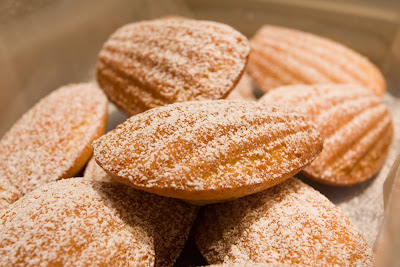Here on Cole's Hill is the very first burying place in Plymouth and the sarcophagus marks the spot those first settlers died from disease and malnutrition in that first brutal winter of 1620-21. Of the original 102 settlers, 45 died that winter; of 18 adult women, 13 died and only four remained alive by Thanksgiving of 1621. This New World must have seemed more terrible than the Old One.
"This monument marks the first burying ground
in Plymouth of the passengers of the Mayflower
Here under over of darkness the fast dwindling company
laid their dead leveling the earth above them lest the
Indians should learn how many were the graves.
Reader! History records no nobler venture for faith and
freedom than that of this pilgrim band. In wellness
and painfulness, in watchings often in hunger and cold
they laid the foundations of a state wherein every man
through countless ages should have liberty to worship
God in his own way. May their example inspire thee to do
thy part in perpetuating and spreading the lofty ideals
of our republic throughout the world!"
The site of John Alden's house at the foot of Burial Hill, overlooking the town of Plymouth. John had been hired as a carpenter and cooper before the Mayflower left Southampton. Although not a pilgrim himself, John Alden was one of the founders of the colony and the seventh signer of the Mayflower Compact. He was also reportedly the first to set foot on Plymouth. He eventually settled in Duxbury, MA with his wife, Priscilla Mullins. Both are buried in Myles Standish Burial Ground in Duxbury.
























